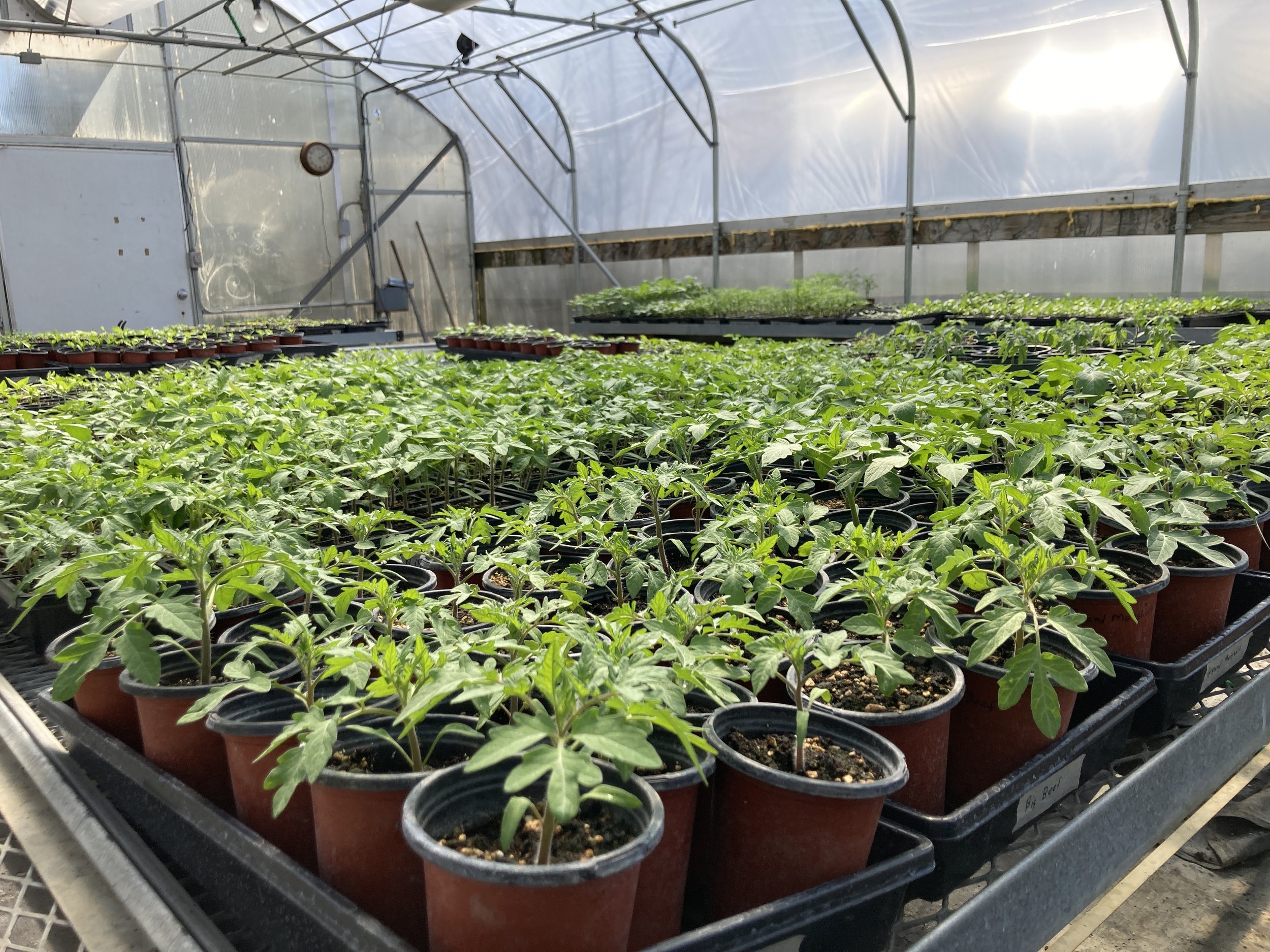Signs of Spring
Published in Spinsheet - April 2017
I recall motoring out of Herrington Harbor South early in the spring with the Crew from Coyote discussing the return of the resident osprey to the channel marker. We each, full well knowing what this sign marked, subconsciously measured our approach to the fullness of a new sailing season. Nature displays many such signs in our grand Bay region. I recently was walking a bog with my wife and stumbled upon one of these apparent indicators, Skunk Cabbage (Symplocarpus foetidus). Don’t be fooled by the name, in spite of the sent omitted if walked on, the early winter flowers are truly lovely and mark the forward signs that winter is waning and spring is fast coming. These flowers fall into the category of spadix, similar to Jack-in-the-pulpit (Arisaema triphyllu), and delight in an exotic pitcher like flower.
However, I’ll note that this spadix encounter was somewhat serendipitous, because we were not out hunting early flowers but rather making an attempt at a fast walk. We almost trotted past her and could have easily missed the signs that nature was trying to reassure us with. When we did slow to take in the little darling we then found an even larger grove leading back into a wetland area. And, before we know it we were introduced to another of our favorites just beginning its spring set of yellow, Marsh Marigold (Caltha palustris). March, April and May parade in a series of these wetland and woodland treats. The botanical phenomenon is known as spring ephemerals. These are a set of plants that litter our native floors before the trees leaf out or grasses gain in height. During the early season as the ground warms up form available sunlight, which can be harnessed due to the open un-leaved canopy, this mosaic of natives come to life. They use these months to fulfill that sexual journey of flower only to retreat back to summer dormancy during the shadier months.
Many of you are familiar with the Trillium (Trillium cernuum) watching that takes place in our local woodlands. These Trillium are the celebrities of the May spring ephemerals and gain a great deal of attention as they fade from a pure white to pink and purple eventually slipping back to bed for the summer. Don’t be misled by their beauty, for at the same time the woodland celebrities a vast list of ‘B actors’. May Apple (Podophyllum peltatum) for instance is one I watch closely for each year, with his robust bell shaped white flowers inconspicuously tucked under a large masculine leaf. And I would be a laggard if I didn’t mention my most favorite, Mertensia virginica or Virginia Bluebells. I have literally stopped traffic while driving along the Shenandoah River in order to soak in their ethereal beauty.
To be clear, not all B-actors are created equal. Nor do they hold court in the same areas. My home in Virginia is close to the Appalachian Trail, which entertains many spring flower watchers. But, we have unique offerings beyond the typical. We are one of the few mountaintops that is host to the downy yellow violet (Viola pubescens). The purple violet, that we commonly see and also the namesake for the color violet, is ubiquitous. But who of you have seen the yellow? Dicentra eximia, wild bleeding heart, is much the same. We know it as a spring flower observing it in our woodlands and meadows and easily identify the red selections. But, our region yields a number of varieties that dangle this gentle flower in many other colors.
So, if its Snow Drops, Winter Aconite, Narcissus or Crocus along with the myriad of others you may hunt, I think two things are great takeaways: 1. Take the time, let spring speak to you, don’t rush into summer and seek the colors that quilt our wetland and woodland floors. 2. When puttering in your own garden think of these as viable options for the landscape. I’m finding more and more as I wondering large perennial grower’s hoop houses that many of the above are offered in pots for our own back yards. These spring gems can be a delight to watch in the wild, why not welcome them into a corner of your own yard?
Resources to help identify our natives:
https://www.nps.gov/plants/pubs/chesapeake/pdf/chesapeakenatives.pdf
http://www.chesapeakebay.net/fieldguide/categories/category/plants_trees


